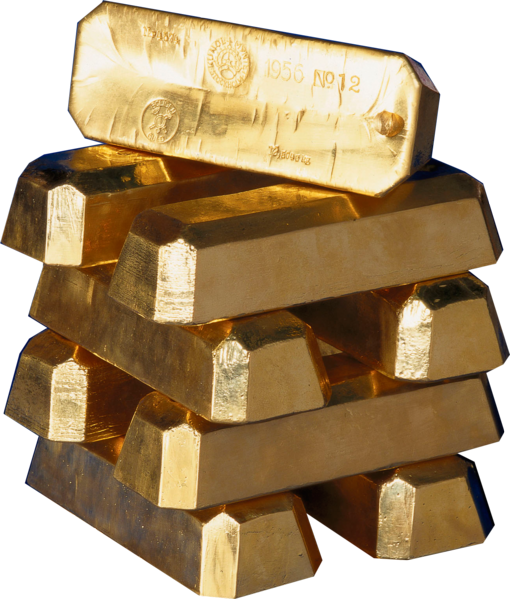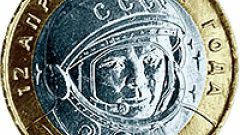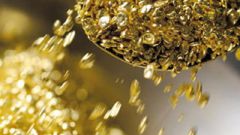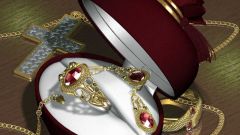You will need
- measuring laboratory capacity, pharmacy beam balance, set of weights, lyapisny pencil testing stone, jewellery reagent. Jewelry reagent consists of a solution of potassium bichromate, concentrated sulfuric acid dichloride of copper in distilled water at a ratio of 10:6:5:79 (in grams).
Instruction
1
Type in measuring a container of water. Measure the level on a scale on the inner wall of the container. Put in the mixture of the studied metal. Again measure the water level in the tank. Calculate the volume of metal, the result of subtracting the first measurement from the second measurement of the water level in the tank.
2
Weigh the studied metal by putting it on one Cup of scales of pharmacy. Achieve full balance the scales. To do this consistently in various combinations put weights in the other Cup of the scale. Calculate the total value of the weight lying on balanced scales. It will check the weight of the metal.
3
To calculate values of density and determination of metal substances, divide its weight by the volume, then compare the resulting density with the reference density values of the metals. This method can be used to identify substances of metals with low level of impurities.
4
To determine the amount of the basic substance in the alloy of metals (40%) use lyapisny pencil. RUB the surface of the metal lyapisny pencil. If the amount of gold in the alloy is less than 40%, the surface will darken.
5
For a more qualitative analysis of alloy, use a jeweler's reagent. Apply on the testing stone specimens of the investigated metal. Sprinkle on the samples few drops of reagent. After 20 seconds, determine the approximate composition of the color samples of the metal to assay the rock. If the color has changed to dark brown, then it is a gold alloy of 375 samples, brownish - 500 sample, light brown - 585, and light yellow means alloy 750.



